Doberman Dog Grooming Care Tips
1. Trim back hair
2. Trim ear hair
Doberman grooming should start early. Puppies in the nursing period should have their nails trimmed to prevent scratching their mother. Use an electric clipper to trim ear hair against the grain, removing excess hair from the outer ear from the ear tip to the ear root; also trim the hair at the boundary of the ear root. Do not blow the debris hair out of the ear with your mouth; use fingers to remove it.
3. Trim under the jaw
Use fine scissors to tidy up twisted hair at the throat. Never use regular scissors or electric clippers as normal scissors may cut off too much hair, causing gaps in the coat. Use fine scissors to trim hair on the chest and shoulders against the grain growth. Any tufted hair will ruin the body’s overall symmetrical contour. Similar hair in other parts should also be trimmed as needed to minimize cluttered tufted hair.
4. Trim whiskers
Trim eyebrows and whiskers with curved scissors. Since this type of scissors has no sharp blades, they won't damage hair that shouldn't be cut. The most annoying is the whiskers, which grow back quickly after being shaved, with the longest growth cycle lasting only about one week. To avoid repeated trimming, it’s best to completely shave off the whiskers on the upper and lower lips.
5. Trim the waistline
Be careful when trimming hair on the waist. Hold the scissors blade parallel to the spine and cut with an incline towards the stomach (not outward). Remove overly long hair on the abdomen but avoid touching the nipples.
6. Trim limbs
To make the paws look more compact, remove excess hair between the toes, and never dig with scissors. After trimming the front paw pads and the inner hair between the pads and toes, do not trim the upper pads. Instead, rotate the scissors to cut diagonally on the outside between the pads and toes, making the entire paw smooth and neat.
The next step is to deal with the Doberman’s legs: smooth the hair with your hand and remove messy long hair. When most trimming is done, focus on the ears by turning the head sideways, removing loose hair from the ears, and cleaning the ears with alcohol.
7. Ear canal cleaning
Dog ear canals easily accumulate grease, dust, and moisture, especially in large-eared dogs. Drooping ear flaps often cover the ear canal, and long hair near the ear canal (such as in Poodles, Beijing dogs, etc.) can also block it. Due to poor air circulation in the ear canal, dirt and moisture easily accumulate, causing infections and inflammation. Therefore, it is important to regularly check the dog's ear canal. If the dog frequently scratches its ears or shakes its head vigorously, it indicates ear canal problems and requires careful examination.
The method to remove earwax is: first disinfect the outer ear canal with an alcohol cotton ball, then apply 3% sodium bicarbonate ear drops or 2% boric acid water to the earwax area. After the hardened earwax softens, gently remove it with small tweezers. Do not insert tweezers too deeply and stay highly focused. If the dog shakes its head, quickly withdraw the tweezers to avoid injuring the eardrum or puncturing the ear canal membranes. For inflamed ears, use 4% boric acid glycerin ear drops, 2.5% chloramphenicol glycerin ear drops, or hydrocortisone neomycin ear drops, three times daily. Additionally, regularly trim long hair near the ear canal and avoid shampoo and water splashing into the ear during bathing.
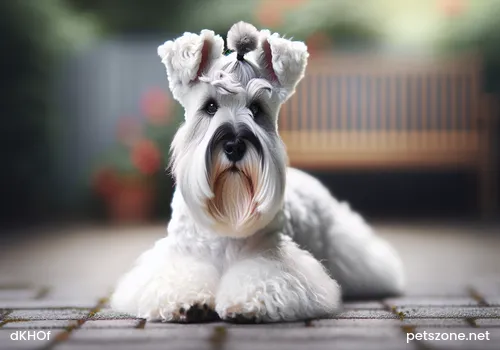
Doberman (Details)
8. Trim nails
Dogs that frequently move on rough surfaces can naturally wear down their nails, like some wolf dogs. If they rarely run on rough surfaces, wear is less, and nails grow quickly, such as in Pekingese, Shih Tzu, Poodle, etc. Overgrown nails make dogs uncomfortable and can damage furniture, textiles, and carpets. Sometimes, overly long nails split, easily causing local infections.
Additionally, the dog's dewclaw is a degenerated toe, located slightly above the inner side of the paw, commonly called the “wolf claw.” It’s a redundant degenerated appendage that hinders walking and can easily scratch the dog itself. Therefore, regularly trim the dog’s nails.
PetsZone reminds everyone that dog nails are very hard, so special nail clippers designed for dogs and cats should be used. For the degenerated “wolf claw,” have a veterinarian remove it within 2 to 3 weeks after birth, requiring only one stitch to avoid future problems.
For daily nail trimming, besides using special nail clippers, it’s best to trim nails after a bath when nails are softened. But note that each nail base contains blood vessels and nerves. So, do not cut too much or too deeply, generally trimming about one-third of the nail length and filing smooth to prevent injury.
If the dog acts abnormally after trimming, carefully check the toes for bleeding or damage. If damaged, apply iodine solution. Besides nail trimming, regularly check paw pads for injuries. Also, keep hair around nails and paw pads trimmed short to prevent slipping.

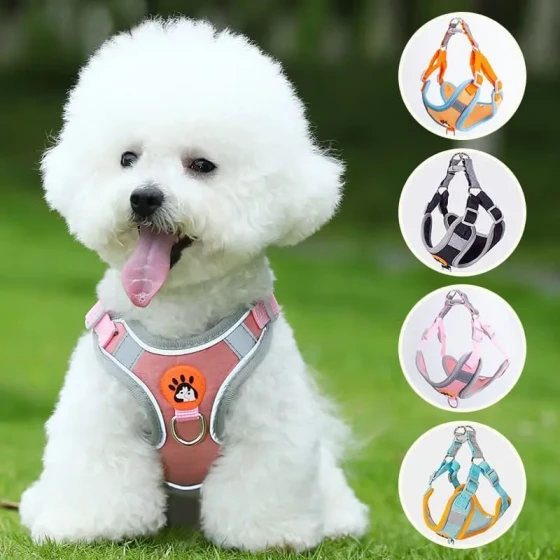
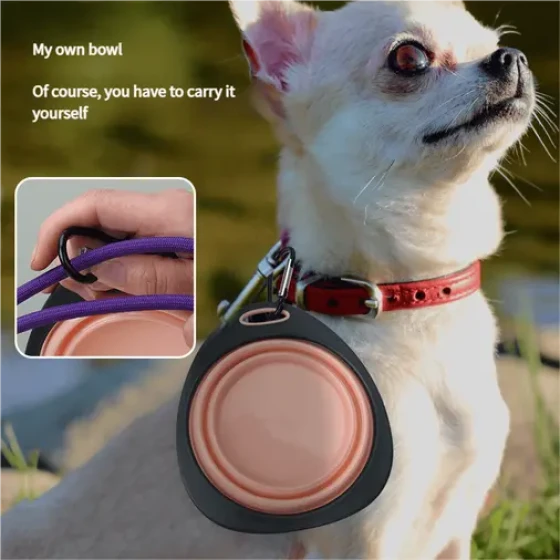
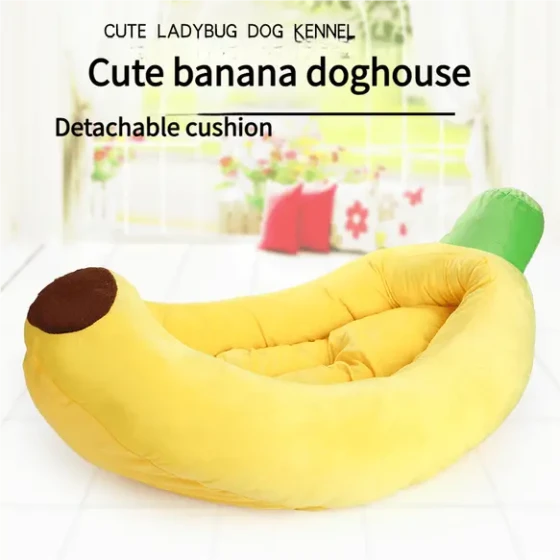
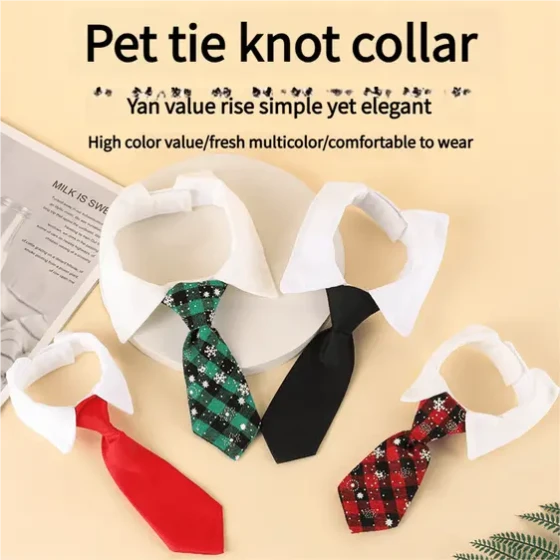
-560x560.webp)